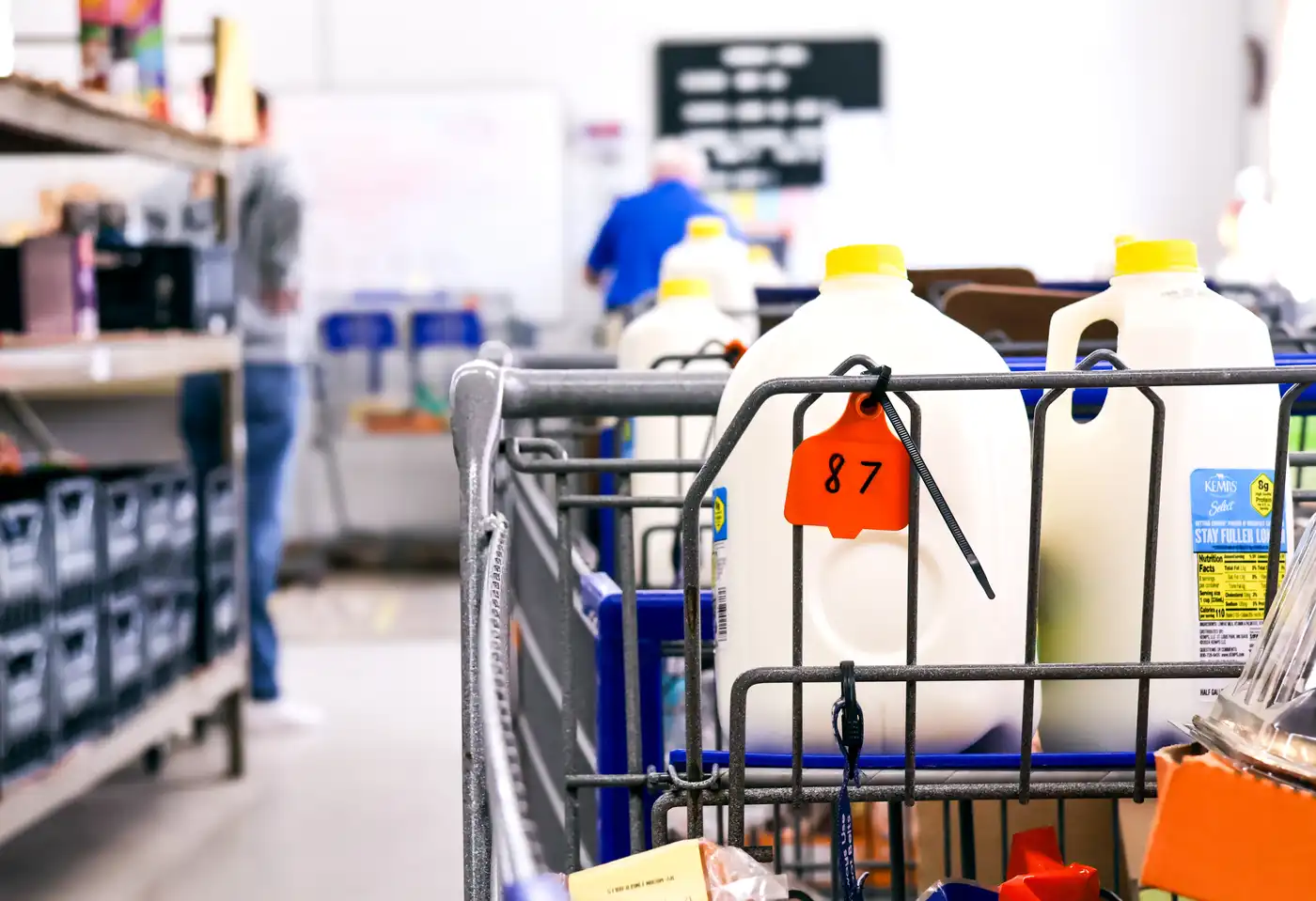Salesforce pledges to invest in Agentforce, customer success, and workforce development Salesforce launches more services on Hyperforce, allowing customers to securely deploy a deeply unified platform with Agentforce, Data Cloud and Customer 360 Applications, adhering to local data residency Singapore Airlines and Salesforce collaborate on AI-powered customer service applications Salesforce, the world’s #1 AI CRM*, announced plans to invest USD $1 billion in Singapore over the next five years, affirming a strong commitment to accelerate the nation’s digital transformation and Agentforce adoption. Singapore is an important growth market for Salesforce as businesses increasingly embrace Agentforce to unlock new opportunities. This investment underscores Salesforce’s support for Singapore’s National AI Strategy 2.0 and the nation’s vision as a driver of global AI innovation. Spurred by a USD $6 trillion digital labor market, thousands of customers around the world are investing in Agentforce, Salesforce’s digital labor platform, to build and deploy agents that can reason, decide, act, and drive meaningful outcomes 24/7. Singapore has been dealing with a slowing growth rate of the labor force, contributed by an aging population and declining birth rates. Agentforce delivers Singapore an opportunity to rapidly expand its labor force in many key service and public sector roles. This investment will help support Singapore enterprises as they build limitless digital workforces, bringing humans together with trusted autonomous Agentforce agents to unlock new levels of productivity, innovation, and growth. As Agentforce adoption accelerates, it has the potential to drive significant impact across Singapore’s industries, startups, and the public sector. Mr Jermaine Loy, Managing Director of the Singapore Economic Development Board said: “Singapore welcomes Salesforce’s investment, which will boost our ongoing efforts to build a vibrant hub for AI innovation and adoption across our economy. Salesforce’s initiatives in AI research and workforce development will strengthen our ecosystem by catalysing innovation for key industries and corporates based in Singapore.” “We are in an incredible new era of digital labor where every business will be transformed by autonomous agents that augment the work of humans, revolutionizing productivity and enabling every company to scale without limits,” said Marc Benioff, Chair and CEO, Salesforce. “Singapore is at the forefront of this shift, and as the world’s largest provider of digital labor through our Agentforce platform, Salesforce is thrilled to expand our work with the business community and our longtime partners in the region to drive innovation, productivity and growth.” Driving global Agentforce innovation from Singapore Salesforce has been investing in Singapore for nearly two decades and has established a thriving customer base and partner ecosystem in the region. Customers of all sizes, including industry leaders like Singapore Airlines, Grab, M1, FairPrice Group, Ocean Network Express and PRISM+ are using Salesforce AI technologies to drive efficiency, enhance customer experiences, and unlock new revenue streams. Singapore plays a crucial role in driving Agentforce innovation for Salesforce. In 2019, Salesforce expanded its AI Research team internationally, choosing Singapore as its first overseas AI Research hub location. Since then, the hub has significantly contributed to the global development of AI for the industry. This includes development of industry leading models such as multimodal language-vision foundation models (BLIP), and time-series foundation models (Moirai). The AI Research hub has contributed to product innovations such as AIOps Agents that help Salesforce achieve highest levels of site availability and in-house code LLMs for helping customers optimize their code for performance. Their work has resulted in over 100 research papers and patents being published. This continued investment will not only drive Agentforce innovation through the research hub but also support Salesforce’s expanding customer base in the region. In fact, Singapore Airlines and Salesforce announced that the Airline is incorporating Agentforce, Einstein in Service Cloud, and Data Cloud into its customer case management system, enabling it to deliver more consistent and personalized service to its customers. The two companies also plan to co-develop AI solutions for airlines at the Salesforce AI Research hub in Singapore, aiming to provide greater value and additional benefits to the industry. Bringing local data residency for Agentforce to Singapore Salesforce is expanding its services on Hyperforce, Salesforce’s trusted next-generation platform architecture, in Singapore to provide data residency for Data Cloud, Agentforce, and Unified Marketing Applications (UMA) by next month. This will empower Singapore businesses to capitalize on Salesforce’s Agentforce and data offerings while adhering to local data residency regulations, an imperative for regional and global organisations in regulated industries such as the government, financial services or telecommunications. This helps align with data privacy regulations, enhancing data security and fostering trust among customers and stakeholders by demonstrating a commitment to compliance. Salesforce first introduced Hyperforce in Singapore in 2021. Building an Agentforce-ready workforce Salesforce is refreshing its Singapore office with a new space to enable customers to transform their workforce with digital labour. The space will include Agentforce activations space and a demo pod to provide hands-on experience building and deploying trusted, autonomous AI agents through Agentforce. The new space will also be used for upskilling initiatives for the ecosystem of partners and the community. Salesforce remains committed to investing in workforce development by upskilling in Agentforce, ensuring the workforce is equipped for the jobs of the future. The company is partnering with Institutes of Higher Learning such as Singapore Management University, Institute of Technical Education, and Ngee Ann Polytechnic to equip students with in-demand CRM and AI skills through training and certifications, as well as connection to opportunities for employment in the Salesforce ecosystem. Leveraging Trailhead, Salesforce’s free training platform, these initiatives equip individuals with the skills essential for thriving careers in the digital economy. Salesforce commitment to giving back An important part of Salesforce’s culture is the belief that business is the greatest platform for change, reflected in the company’s 1-1-1 model of corporate philanthropy, which dedicates 1% of the company’s equity, 1% of its employees’ time and 1% of its products to giving back. Over the last two decades, Salesforce Singapore and its employees have spent over 190,000 hours volunteering in their communities and giving over … Read more










